1st Spanish HPC Combustion Workshop
Red Española de Supercomputación
June 2nd, 2017
Barcelona Supercomputing Center (BSC)
Department of Computer Applications in Science and Engineering
June 2nd, 2017
Barcelona Supercomputing Center (BSC)
Department of Computer Applications in Science and Engineering
The use of numerical simulations in the context of High-Performance Computing (HPC) as a tool for design and understanding modern combustion systems is becoming increasingly important in the last decade as more computing power is currently available. However, the modelling of combustion systems is very demanding in terms of physical models and algorithms, since it not only requires the modelling of combustion and turbulence, but also their interactions with additional phenomena such as atomization, vaporization, phase change, turbulent mixing and stirring. The interaction of the flame with the surroundings is also of crucial importance with influence on different aspects such as near wall behaviour, heat losses or fluid/structure interactions. Furthermore, combustion process usually involves large number of reacting species and radicals depending on the fuels leading to multiscale and multiphysics problems with large disparity of time and length scales. All aspects of combustion simulations inherently need large number of computing resources and this community is well known to be an important player in HPC-related activities worldwide.
The 1st Spanish HPC combustion workshop is dedicated to present the state of the art in modelling and simulation techniques for combustion applications in the national context with representative research institutions. The topics go from multiphase flow calculations, combustion instabilities, alternative fuels, large-eddy simulations, numerical methods for reacting flows to advance multiphysics applications. The event honours the participation of three invites speakers: Amable Liñán, Laurent Y. Gicquel and Heinz Pitsch. The workshop is free, but the places are limited and require registration.
09:00 – 09:30h – Registration
09:30 – 09:40h – Welcome: Mateo Valero, BSC Director, and Jose M. Cela, CASE Dpt. Director
09:40 – 10:00h – Red Española de Supercomputación: David Vicente, User support manager, BSC
10:00 – 10:30h – Vision and Welcome: Amable Liñán, Combustion Institute President
10:30 – 11:10h – Plenary speaker: Laurent Y. Gicquel, Cerfacs (France)
11:10 – 11:35h – Coffee break
11:35 – 12:15h – Plenary speaker: Heinz Pitsch, RWTH Aachen (Germany)
12:15 – 13:15h – Technical session Morning (20 min/talk)
13:15 – 14:30h – Lunch
14:30 – 16:10h – Technical session Afternoon
16:10 – 16:30h – Coffee break
16:30 – 17:30h – Open discussion: Industrial use of Combustion Simulations
17:30 – 17:45h – Closing
Keynote speakers:
| Amable Liñán, Combustion Institute President (Spain) Amable Liñán is Professor Emeritus of Fluid Mechanics at ETSI Aeronáuticos in Madrid and also Adjunct Professor in the Department of Mechanical Engineering at Yale University since 1997. He is Aeronautical Engineer (California Institute of Technology 1963). Since his PhD work with Gregorio Millán (a disciple of Theodore Von Karman) his research has encompassed a wide variety of fluid mechanics problems, most notably concerning reactive laminar flows. He has been visiting professor at UCSD, University of Michigan, Université de Marseille, Princeton University, Université Pierre et Marie Curie, and Stanford University. He is a member of the Royal Academy of Sciences of Spain, the Royal Academy of Engineering of Spain, Associate Foreign Member of the French Academy of Sciences, and a foreign member of the USA National Academy of Engineering. In addition, he is a Fellow of the British Institute of Physics and a Fellow of the American Physical Society. He is the recipient of the Zel’dovich Medal from the Combustion Institute and the Principe de Asturias Prize, the highest Spanish recognition in Science and Technology. He has honorary degrees from six different universities. |
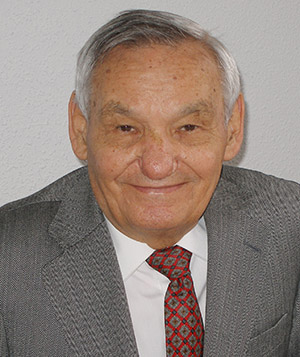 |
| Laurent Y. Gicquel, CERFACS (France) Dr. Laurent Y.M. Gicquel received his PhD from the State University of New York at Buffalo in June 2001 and then joined the combustion / CFD team at CERFACS where is now Senior Researcher. He has been involved in the use and development of LES for scientific as well as industrial application while contributing to the formation of young engineers through their teaching of advanced classes in numerical methods, turbulence, combustion at various schools and institutes (ENSEEIHT, ISAE in Toulouse, France). His areas of expertise cover: turbulent reacting flows and their modelisation, flow stability and turbomachinery Large-Eddy Simulations, thermo-acoustic instabilities, two-phase flows, stochastic processes, and heat transfer. |
 |
| Heinz Pitsch, RWTH Aachen (Germany) Since 2010 Prof. Pitsch is Professor for combustion theory at RWTH Aachen. 1993-1998 he was research assistant at RWTH Aachn and 1998-1999 Visiting Researcher am Center for Energy and Combustion Science der University of California, San Diego. From 1999 to 2003 he was Research Associate am Center for Turbulence Research der Stanford University. Since 2003 he has been Assistant (and since 2008 Associate) Professor at the Mechanical Engineering Department at Stanford University. His main research interests are in combustion theory, modeling of turbulent reacting flows with large-eddy simulations, development and analysis of chemical kinetic reaction mechanisms, modeling of pollutant formation, development of numerical methods, investigation and modeling of combustion instabilities, and model applications to modern aircraft engine combustion, reciprocating engine combustion, and chemical processing. |
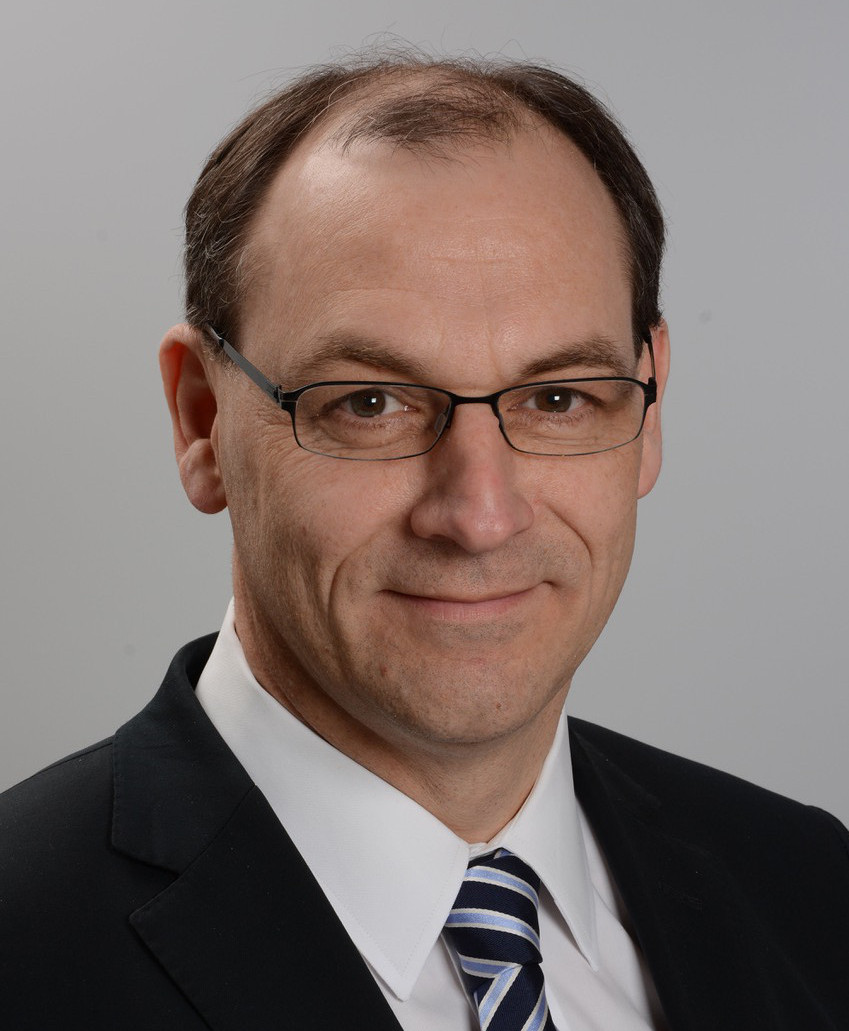 |
Intrinsic flame instabilities in microchannels
Authors: D. Fernández-Galisteo, C. Jiménez, A. Dejoan, and V. N. Kurdyumov
Institution: CIEMAT
Abstract: An overview of the characteristic instabilities that emerge in premixed flames propagating in narrow channels, tubes and slots is presented. In those confined geometries, direct numerical simulations and stability analyses show that flames may result in non-symmetric solutions and/or oscillating and rotating propagation modes or present cellular or corrugated structures. In particular we present the different mechanisms that determine the structure and the dynamics of the flames, i.e., the effects of the flame-fluid interaction (produced by thermal expansion and viscosity change), the flame-wall heat exchange (produced by heat losses), the diffusive-thermal instabilities (produced by the unequal rates of thermal and molecular diffusion), and the chemical complexities (produced by detailed chemistry and transport).
Eulerian-Eulerian Model of Fluidized Bed Combustion
Authors: Norberto Fueyo, Ana Cubero
Institution: Universidad de Zaragoza and LIFTEC
Abstract: The gasification or combustion of pulverized fuels, such as coal or biomass particles, in fluidized beds is an attractive technological solution for energy generation, because of its robustness, fuel flexibility and pollutant-control capabilities. It is however a challenging problem for modelers, because it combines numerically-complex hydrodynamics with heat and mass transfer, and chemical reaction. This presentation will introduce the Eulerian-Eulerian model developed by the authors and embodied in the open-source code OpenFOAM. An example of application to a fluidized bed gasifier will be used for illustration.
Numerical simulation of a pulverized coal furnace using CFD codes FlowFEM and VolFEM3D
Authors: José Luis Ferrín, Alfredo Bermúdez, Saray Busto, Amable Liñán, Laura Saavedra, and Elena Vázquez-Cendón
Institution: Universidad de Santiago de Compostela
Abstract: The main objective of this communication is the presentation of a mathematical model that has been developed for the combustion of pulverized coal, which includes evaporation of the humidity, the devolatilization and the gasification of the char, all of them occurring simultaneously, and its implementation in a finite element code called FlowFEM and in a finite volume code called VolFEM3D. The validation of the first code was made by using the data of a flame generated in a jet of pulverized coal.
This can be seen as an alternative to using a CFD commercial software like ANSYS Fluent which was successfully used to simulate the processes taking place in the interior of the boiler of a coal-fired power station.
Advanced CFD modelling of Diesel spray combustion processes
Authors: Ricardo Novella, J.M García-Oliver, J.M. Pastor and E. Pérez-Sánchez
Institution: CMT-Motores Térmicos, Universidad Politécnica de Valencia
Abstract: Complex processes controlling Diesel engine performance are being currently investigated by automotive engine research community. Atomization and combustion processes are two bottleneck processes for an adequate prediction of in-cylinder processes. In this sense, the use of fully Eulerian CFD approaches to model the atomization and mixing processes seems to offer advantages over the traditional Lagrangian-Eulerian coupling in terms of the description of the liquid phase evolution and transition to gas in such high-density flows. On the other hand, modeling ignition and flame stabilization under Diesel conditions using unsteady flamelet models seems to offer promising performance. The present work summarizes contributions in both fields by the authors, with an outlook towards LES applications. Validation is based upon experiments from the Engine Combustion Network.
Combustion-related research at University Carlos III
Authors: E. Fernández-Tarrazo, C. Huete, I. Iglesias, D. Martínez-Ruiz, A. Millán, M. Sánchez-Sanz, M. Vera, A. Almagro, O. Flores, M. García Villaba
Institution: Universidad Carlos III de Madrid
Abstract: In this short presentation we introduce the combustion-related research carried out in University Carlos III. For the past fifteen years, the
Fluid Mechanics and Aerospace Engineering Group have been involved in research activities related to reactive flows of technological applicability. Many different problems have been investigated, often in
collaboration with national and international groups. Some of the problems addressed include:
- Hydrogen and hydrogen/syn-gas gas turbine combustors.
- Development and implementation of accurate, multipurpose, reduced combustion chemistries.
- Fundamental aspects of combustions.
- Microcombustion and portable power devices.
- Development of efficient algorithms for low-Mach number combustion with infinitely fast chemistry. Application to reactive mixing layers.
A novel numerical method to solve transient spray combustion problems
Authors: Jaime Carpio, Juan Luis Prieto, Rodolfo Bermejo, Antonio L. Sánchez, Forman Williams, Amable Liñán
Institutions: Universidad Politécnica de Madrid and University of California San Diego
Abstract: In this talk we present a novel numerical method to solve spray combustion problems. The numerical modeling of spray combustion is a difficult task because of the variety of physical phenomena involved (convection, diffusion, heating-vaporization of droplets and combustion processes) and the disparity of scales associated with them. The model considers a special two-phase system, with a great number of tiny droplets (liquid phase) surrounded by a gas flow (gas phase). For typical burners, the characteristic interdroplet distance is much larger than the droplet radius, therefore we can consider interaction between neighboring droplets negligible. The mathematical formulation of the problem consists of the continuous equations of mass, momentum, species mass fractions and energy for the gaseous phase, whereas for the liquid phase we have a set of ordinary differential equations to determine the properties of each droplet along its trajectory. The whole system is strongly coupled through the reactive terms, and by the exchange of mass, momentum and energy between the gas phase and droplets, being the full system highly non-linear and very rigid. Our numerical model uses a Lagrangian formulation for the motion of the droplets and a mixed Lagrangian-Eulerian formulation for the continuous conservation equations in an anisotropic adaptive finite element framework. For time discretization, we apply a second order Explicit Runge-Kutta-Chebyshev scheme embedded in a Lagrange-Galerkin formulation: this allows us to decouple reactive terms and droplet sources, which offers a great number of computational advantages. Finally, we show several examples to illustrate the good features of our numerical algorithm.
Numerical modelling of combustion for Large Eddy Simulations in the TermoFluids code
Authors: J.Ventosa-Molina, J.B. Pedro, C. D. Pérez Segarra, J. Rigola, A. Oliva
Institution: CTTC, Universidad Politécnica de Cataluña
Abstract: Numerical simulation of combustion using flamelet models in the context of the TermoFluids code will be presented. Different aspects of flamelet modeling for laminar and turbulent flames are discussed: subgrid modelling, radiation heat losses, pollutants modelling and differential diffusion effects. The numerical studies are carried out on a Low Mach Finite-Volume formulation. The numerical discretisations of the scalars’ convective terms for low-dissipation formulations on unstructured meshes are also discussed.
High-fidelity numerical simulations of practical combustion systems using the multiphysics code Alya
Authors: Daniel Mira, Oriol Lehmkuhl, Mariano Vázquez, and Guillaume Houzeaux
Institution: Barcelona Supercomputing Center
Abstract: This work introduces the state-of-the-art on the numerical and modelling framework available in the multiphysics code Alya to simulate practical combustion systems. The numerical framework is based on the Finite Element method using low-dissipation schemes with skew-symmetric properties. The code solves for the low-Mach number approximation of the Navier-Stokes equations using both an implicit and explicit formulation. The turbulent combustion model is based on steady and unsteady flamelet models designed for partially premixed conditions and fuels characterizing autoignition and flame propagation. Results of practical examples of combustion systems with emphasis on code validation and accuracy assessment of physical models will be presented along with multiphysics applications for problems with conjugate heat transfer and fluid/solid thermal interactions.
Who can participate? The workshop is open to any researcher.
Cost? There is no registration fee.
We kindly ask you to register due to the limited availability of seats.
Registration is closed now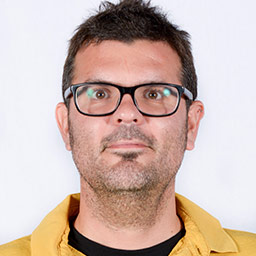
Senior Researcher
at Barcelona Supercomputing Center

Senior Researcher
at Barcelona Supercomputing Center
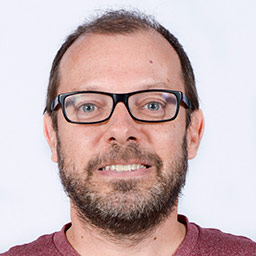
High Performance Computational Mechanics Group Manager at Barcelona Supercomputing Center
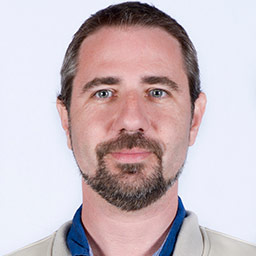
Physical and Numerical Modelling Group Manager at Barcelona Supercomputing Center